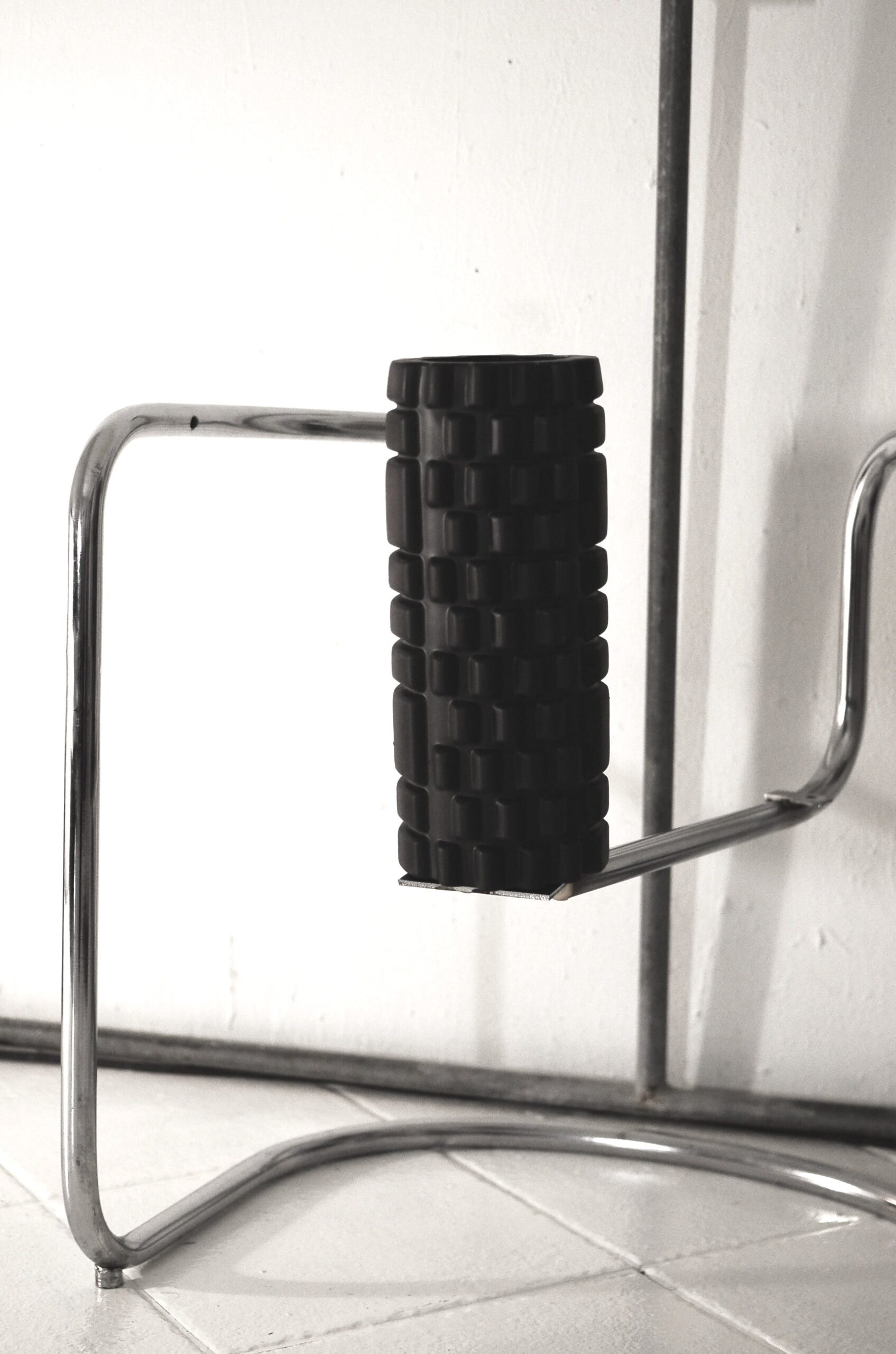Pelvic Floor Physical Therapy To Strengthen Your Lower Muscles and Manage Dysfunction

The pelvic floor is the group of muscles that supports the bladder, uterus, and rectum. Chronic pelvic pain often results from compromised function of these muscles. Also, as we age, the pelvic floor muscles do not work as effectively, which can lead to problems with bladder control and other issues.
Pelvic floor physical therapy is a non-invasive and useful treatment for pelvic floor dysfunction. The purpose of physical therapy in this area is to provide pain relief and improved function by strengthening the pelvic floor muscles.
Pelvic Floor Dysfunction Causes
Although the exact cause of pelvic floor dysfunction is unknown, many factors seem to be related. These include overuse, such as going to the bathroom too much, pelvic surgery, aging, pregnancy, and pelvic area injuries, such as injuries resulting from car accidents. There is also a potential hereditary component to pelvic floor dysfunction.
Symptoms of Pelvic Floor Dysfunction
There are multiple symptoms related to pelvic floor dysfunction. These include but are not limited to straining pain during bowel movements, constipation, incontinence, frequent urination, painful urination, and pelvic region, genital or rectal pain and low back pain. If you have any of these symptoms, you should contact your doctor who may suggest a pelvic floor treatment with a physical therapy treatment plan.
Physical Therapy To Treat Dysfunction
Surgical repair is not an option to treat pelvic floor dysfunction because this condition is an issue with the muscles in this area. However, there are options to treat this dysfunction. One option is physical therapy. Orthopedic physical therapy near me can help reduce pain and increase range of motion, but physical therapy can also help with your pelvic floor dysfunction.
Your physical therapist will include Kegel exercise to increase the strength in your pelvic floor muscles. This exercise works by contracting and relaxing these muscles. Your therapist will also use trigger point therapy to help. During the treatment session, the therapist will apply pressure to specific internal or external locations on your body. This helps release or soften knots in your muscles to reduce or eradicate pain. After this, you will stretch the area.
Medication and Relaxation Techniques To Treat Pelvic Floor Dysfunction
Medication can help maintain soft bowel movements. This is important during the treatment process since constipation and straining can cause more issues this dysfunction. Another approach to add to your treatment plan is relaxation techniques. These techniques include warm baths, yoga and other exercises, acupuncture and meditation.
Using Biofeedback Therapy To Retrain Your Lower Muscle
Another method used in the process to help strengthen your lower muscles is biofeedback therapy. As your therapy progresses, your therapist will use devices on your pelvic floor muscles to check the contraction of those muscles. This will provide insight into how your treatment is advancing. You will receive feedback, and your therapist can change the plan if needed.
Get help to relieve your pain or discomfort and gain control of your pelvic floor muscles so you can enjoy your life. Find the best physical therapists in San Antonio to get started on treatment.
